35 Gorgeous Vineyards Around the World..
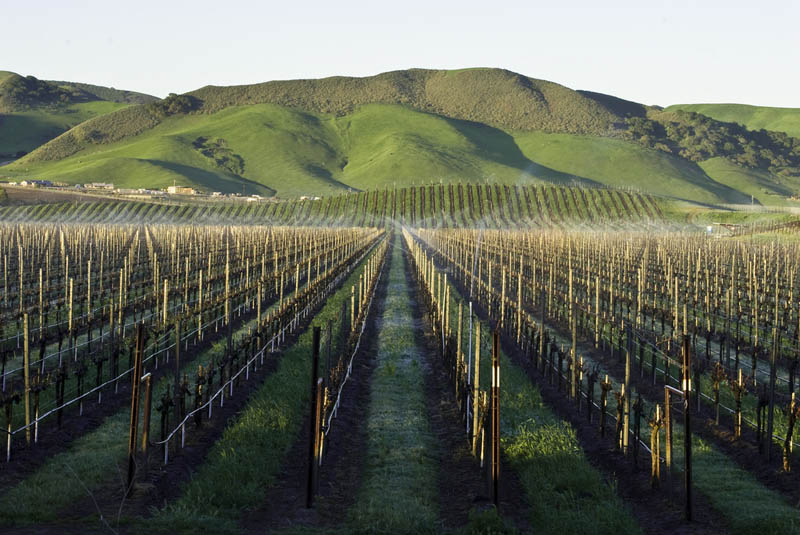
Los Alamos Vineyards, Santa Barbara
The vineyards from which our wines derive are some of the most beautiful landscapes around the globe. From the Old World vineyards of Europe like Italy and France; to the New World areas of Canada, Argentina, Australia and the United States, vineyards are a sight to behold. Enjoy this selection of gorgeous vineyards around the world.
2. St. Emilion Vineyards France

3.Trigny Vineyards Champagne, France
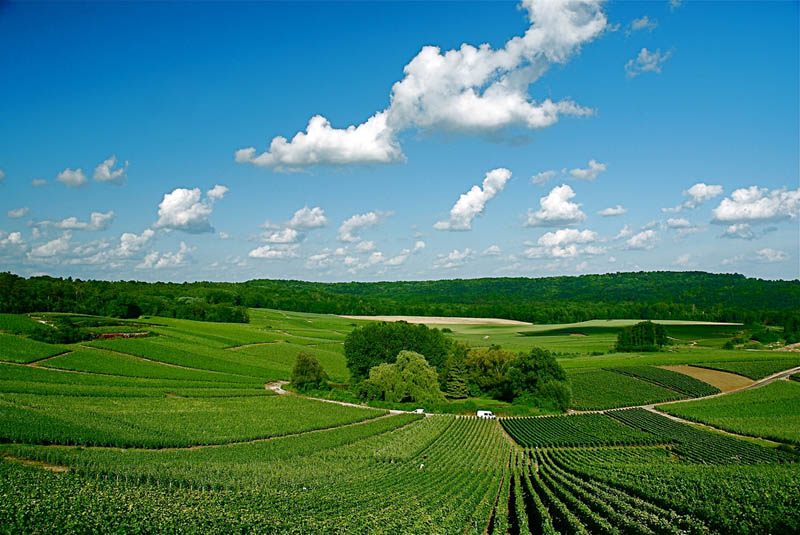
4. Porrera Vineyards Priorat County, Catalonia, Spain
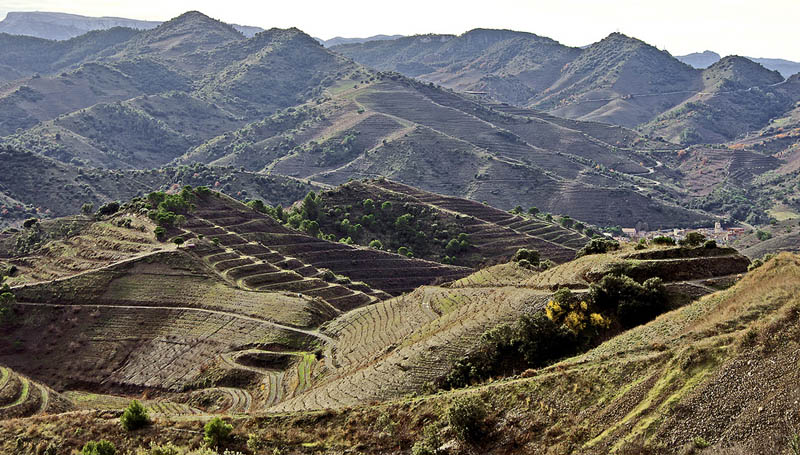
5. Lavaux Vineyards Switzerland
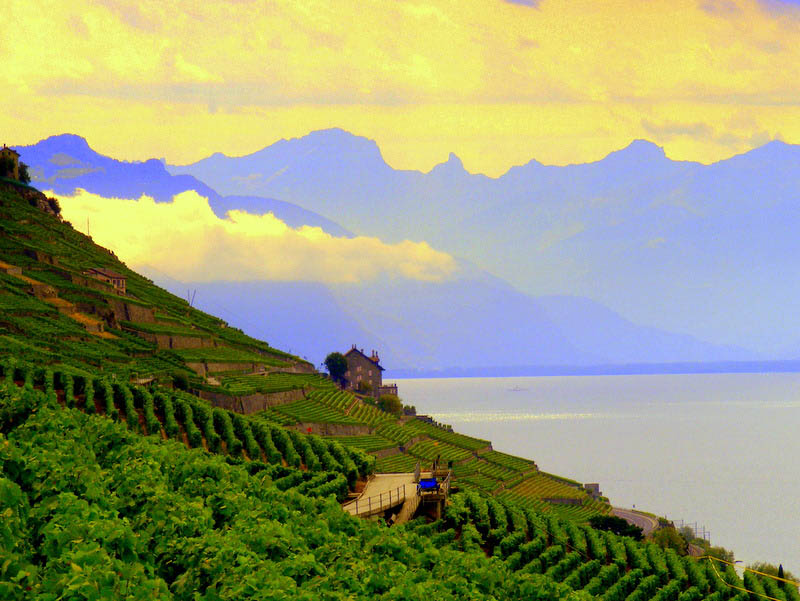
6. Kunde Estate Vineyards Sonoma County, California

7. Hermonville Vineyards France
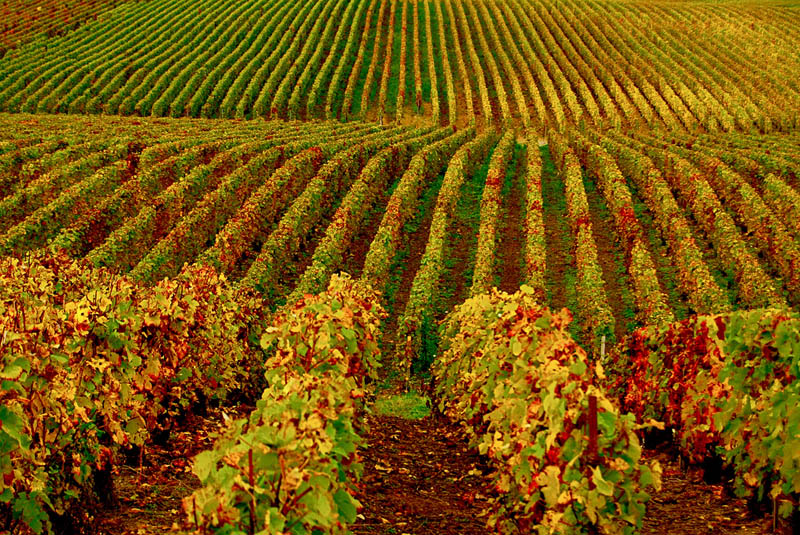
8. Brunelloa di Montalcino Vineyards Tuscany, Italy

9. Balf Vineyards Hungary
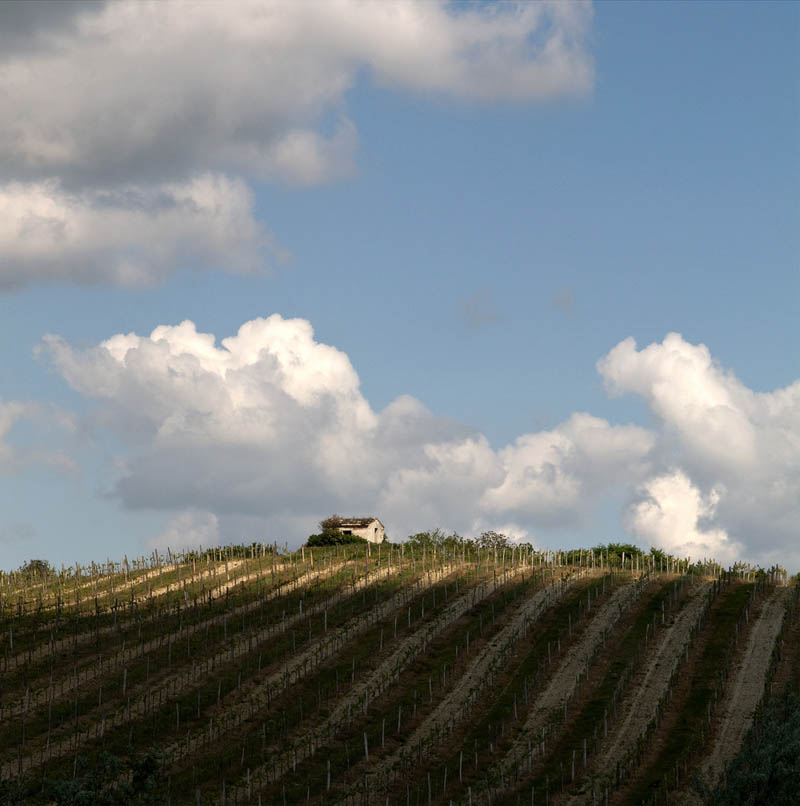
10. Margaret River Vineyards Western Australia
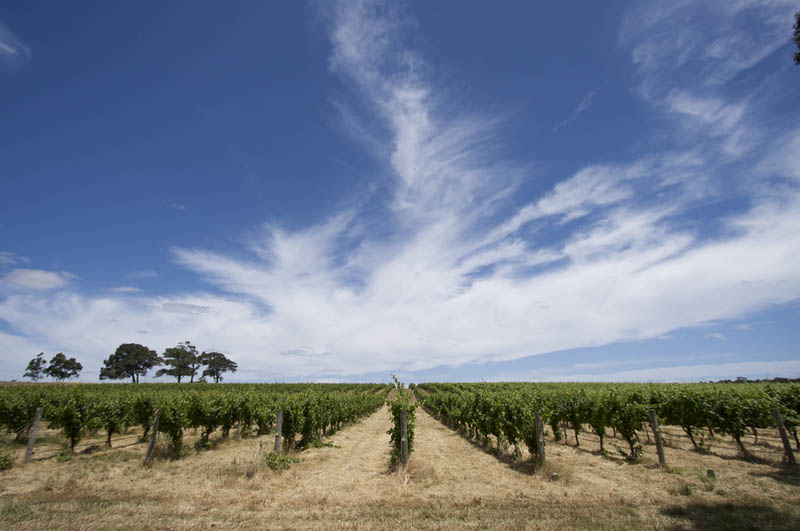
What are Vineyards?
A vineyard is a plantation of grape-bearing vines, grown mainly for winemaking, but also raisins, table grapes and non-alcoholic grape juice. The science, practice and study of vineyard production is known as viticulture. A vineyard is often characterised by its terroir, a French term loosely translating as a sense of place that refers to the specific geographical and geological characteristics of grapevine plantations, which may be imparted in the wine.
11. Hunawihr Vineyards Alsace, France

12. Maurice Carrie Vineyards Temecula, California
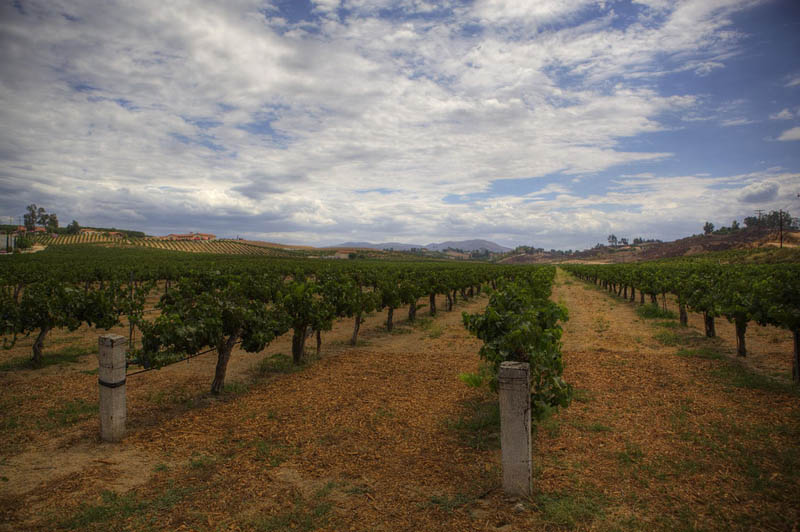
13. Baden Wurttemberg Vineyards Germany
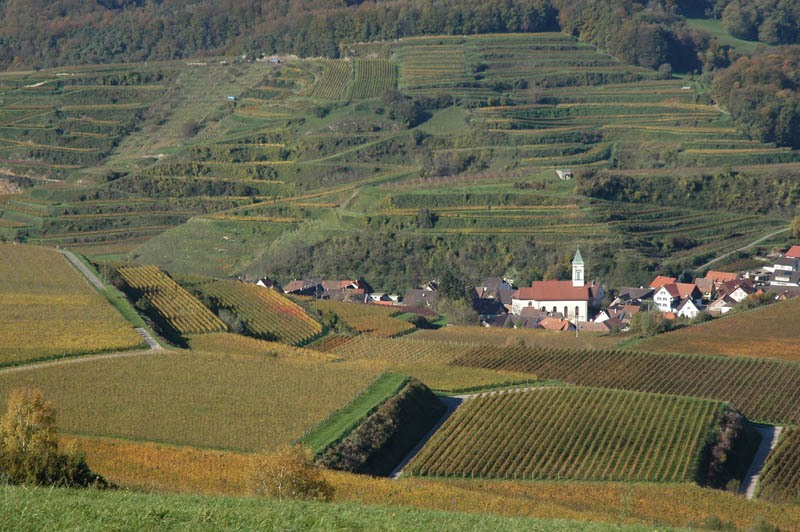
14. Tedo River Vineyards Douro Valley, Portugal
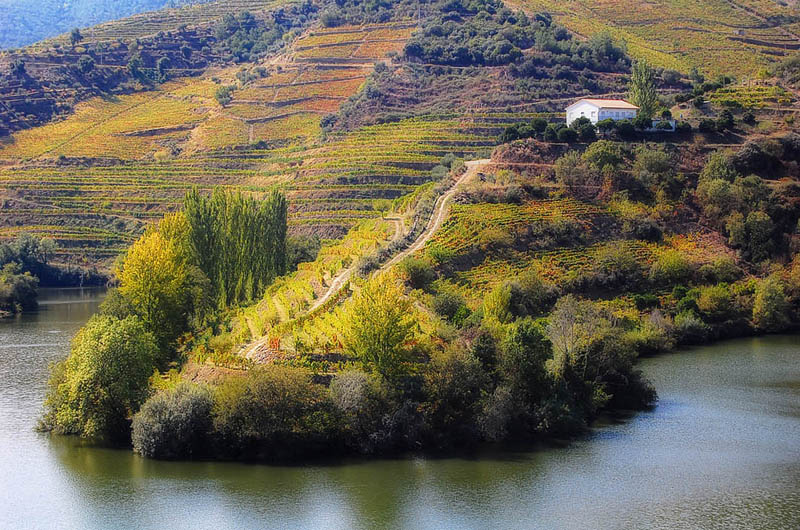
15. Lake Chelan Vineyards Washington, United States
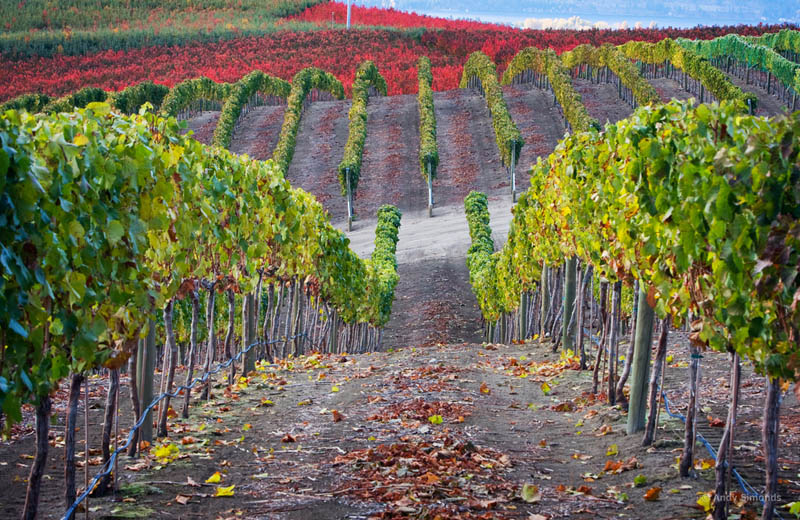
History of Wine Making
The earliest evidence of wine production dates from between 6000 and 5000 BC. Wine making technology improved considerably with the ancient Greeks but it wasnt until the end of the Roman Empire that cultivation techniques as we know them were common throughout Europe.
In medieval Europe the Church was a staunch supporter of wine, which was necessary for the celebration of the Mass. During the lengthy instability of the Middle Ages, the monasteries maintained and developed viticultural practices, having the resources, security, stability and interest in improving the quality of their vines. They owned and tended the best vineyards in Europe and vinum theologium was considered superior to all others.
European vineyards were planted with a wide variety of the Vitis vinifera grape. However, in the late 19th century, the entire species was nearly destroyed by the plant louse phylloxera, accidentally introduced to Europe from North America. Native American grapevines include varieties such as Vitis labrusca, which is resistant to the bug. Vitis vinifera varieties were saved by being grafted onto the rootstock of native American varieties, although there is still no remedy for phylloxera, which remains a danger to any vineyard not planted with grafted rootstock.
16. Mission Vineyards California, United States
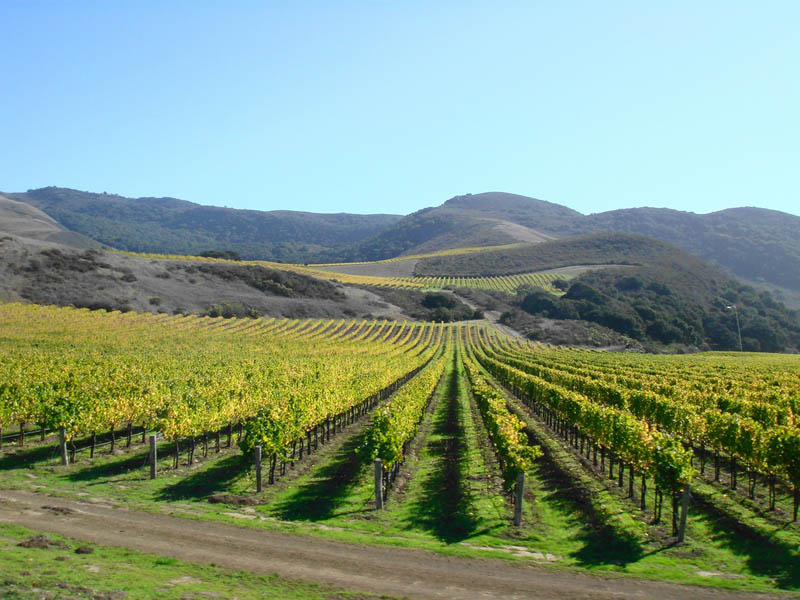
17. Hahndorf Vineyards Adelaide Hills, South Australia

18. Gold Hill Vineyards Ticino, Switzerland

19. Napa Valley Vineyards California, United States

20. Verzenay Vineyards Northeastern France
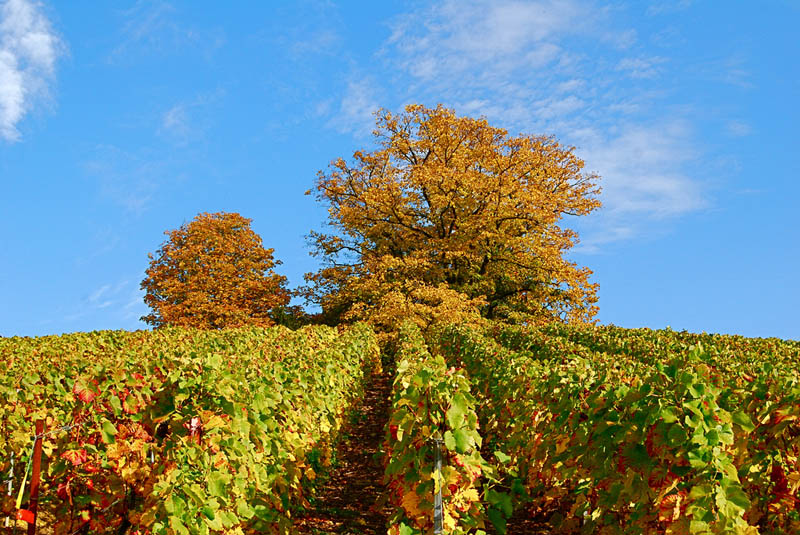
Modern Wine Making
The quest for vineyard efficiency has produced a wide range of systems and techniques. Due to the often much more fertile New World growing conditions, attention has focussed heavily on managing the vines more vigorous growth. Innovation in palissage (training of the vine, usually along a trellis, and often referred to as canopy management) and pruning and thinning methods (which aim to optimize the Leaf Area/Fruit (LA/F) ratio relative to a vineyards microclimate) have largely replaced more general, traditional concepts like yield per unit area in favor of maximizing yield of desired quality. Many of these new techniques have since been adopted in place of traditional practice in the more progressive of the so-called Old World vineyards.
Other recent practices include spraying water on vines to protect them from sub-zero temperatures (aspersion), new grafting techniques, soil slotting, and mechanical harvesting. Such techniques have made possible the development of wine industries in New World countries such as Canada. Today there is increasing interest in developing organic, ecologically sensitive and sustainable vineyards. Biodynamics has become increasingly popular in viticulture. The use of drip irrigation in recent years has expanded vineyards into areas which were previously unplantable. As a consequence of irrigation, yields are more consistent and vintage years virtually irrelevant.
21. Chelan Vineyards Washington, United States
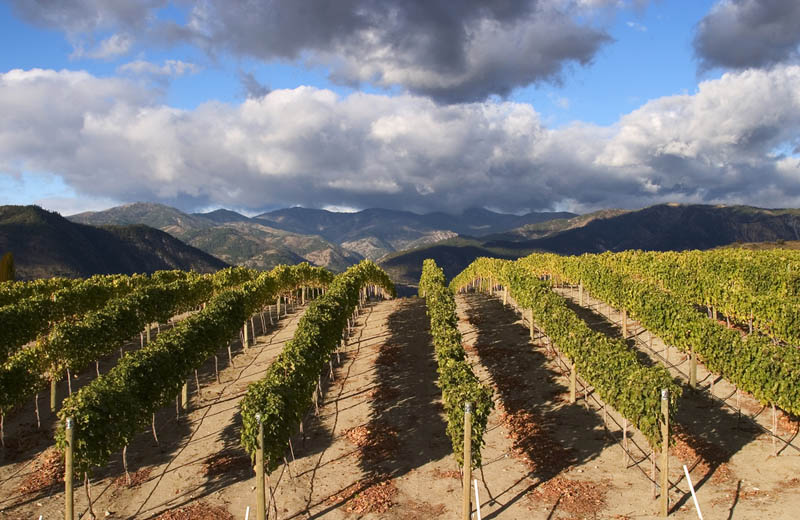
22. Collio Vineyards Friuli Venezia-Giulia, Itlay
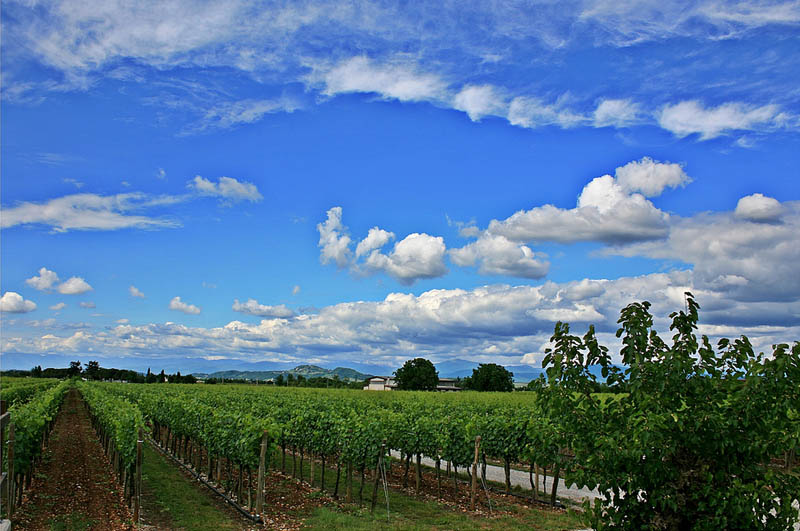
23. Napa Valley Vineyards California, United States
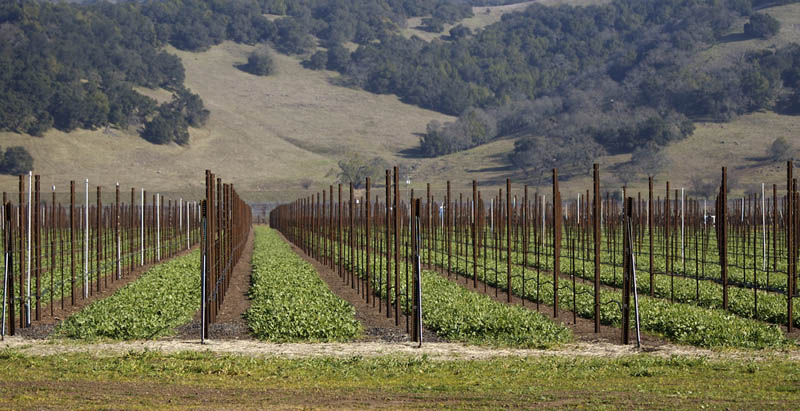
24. Penngrove Vineyards Sonoma County, California
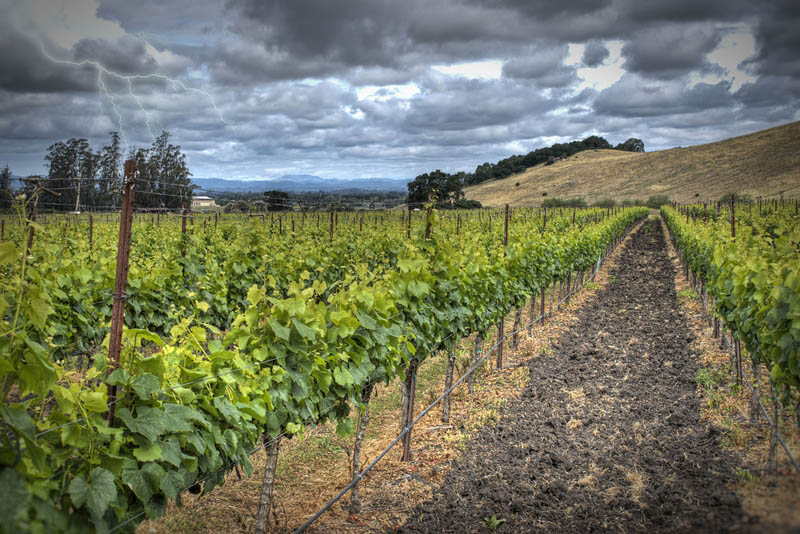
25. Baden Wurttemberg Vineyards Germany
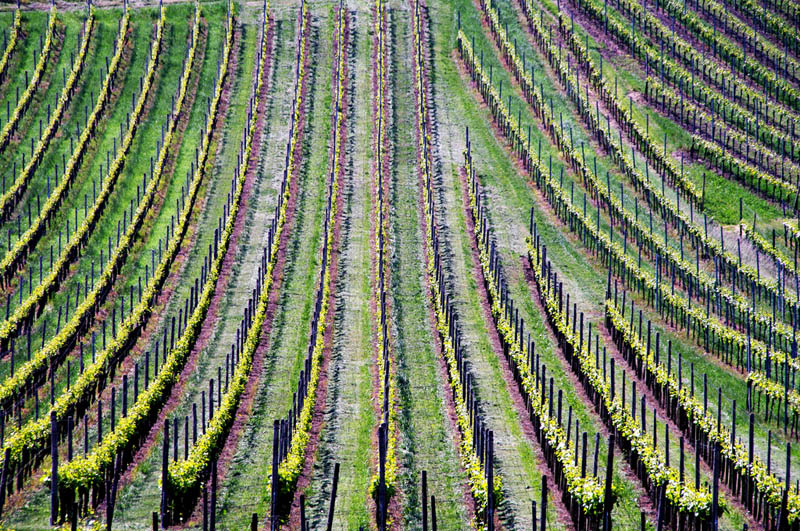
Terroir
Terroir comes from the word terre land. It was originally a French term in wine, coffee and tea used to denote the special characteristics that the geography, geology and climate of a certain place bestowed upon particular varieties. Agricultural sites in the same region share similar soil, weather conditions, and farming techniques, which all contribute to the unique qualities of the crop.
It can be very loosely translated as a sense of place, which is embodied in certain characteristic qualities, the sum of the effects that the local environment has had on the production of the product. Terroir is often italicized in English writing to show that it is a French loanword. The concept of terroir is at the base of the French wine Appellation dorigine contrle (AOC) system that has been the model for appellation and wine laws across the globe.
At its core is the assumption that the land from which the grapes are grown imparts a unique quality that is specific to that region. The amount of influence and the scope that falls under the description of terroir has been a controversial topic in the wine industry.
26. Drake Vineyards Gurneville, California
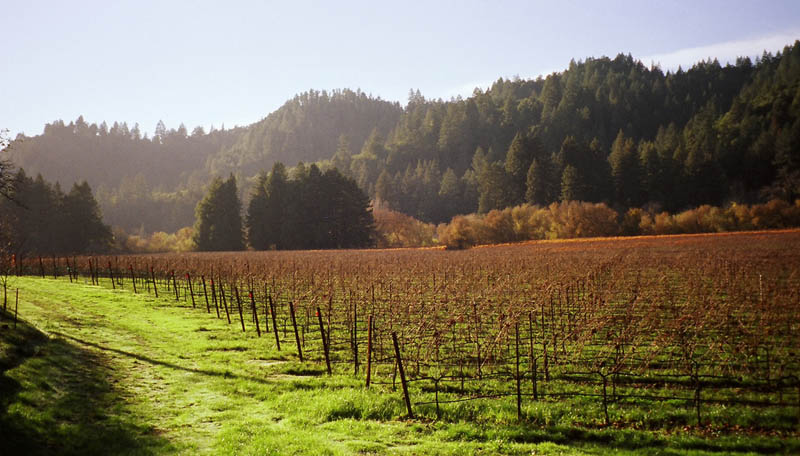
27. Palava Vineyards Czech Republic
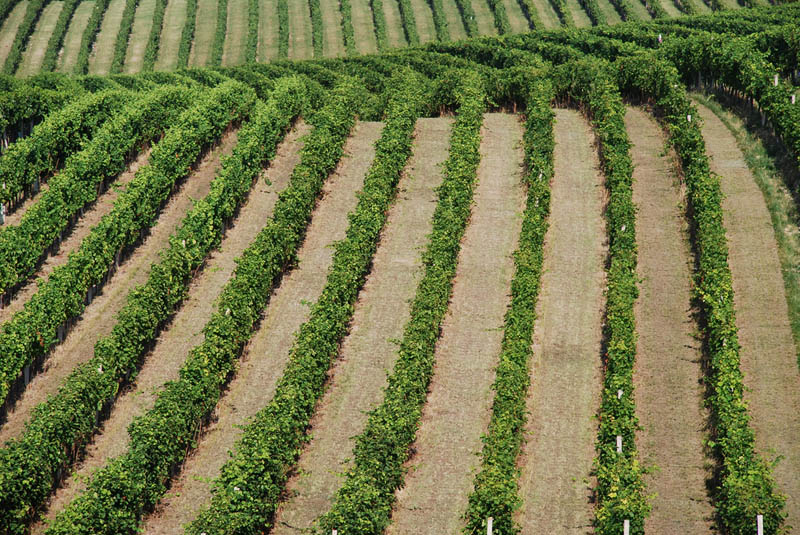
28. Artesa Vineyards Sonoma Valley, California
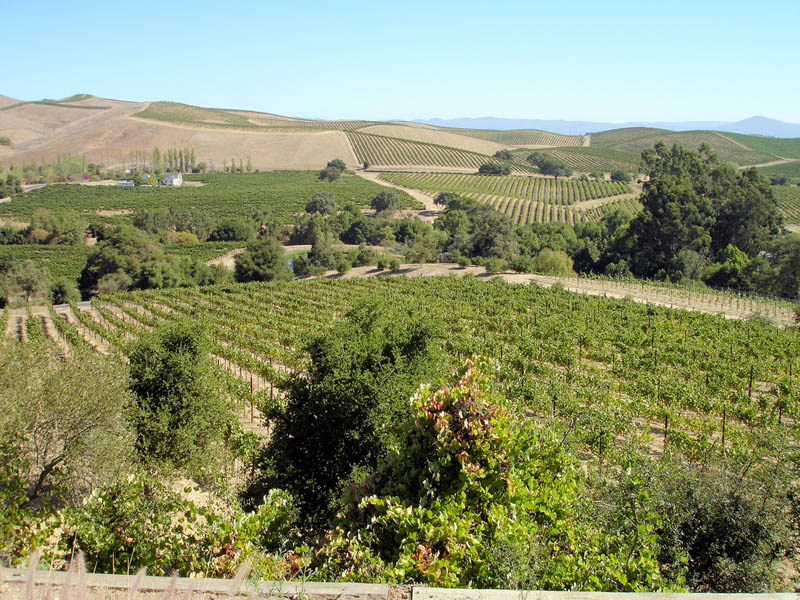
29. Kir-Yianni Vineyards Naoussa, Greece

30. DeFosse Vineyards Charlottesville, Virginia
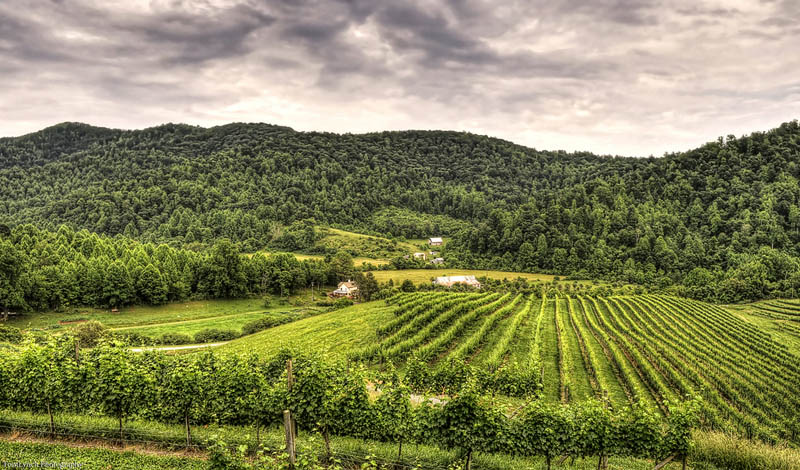
31. Train Trak Vineyards Yarra Valley, Australia
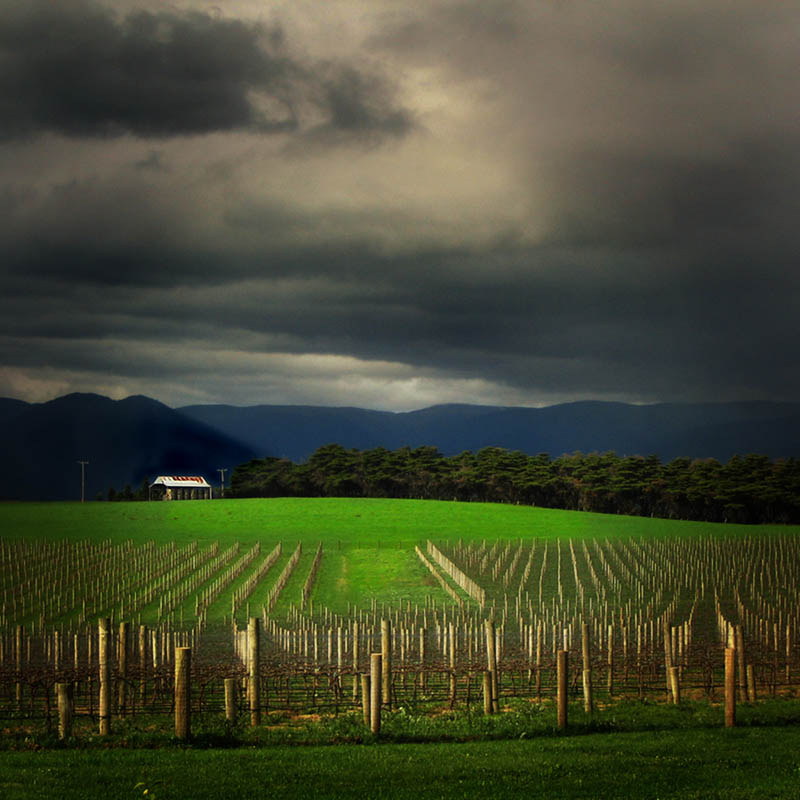
32. Meursault Vineyards Burgundy, France
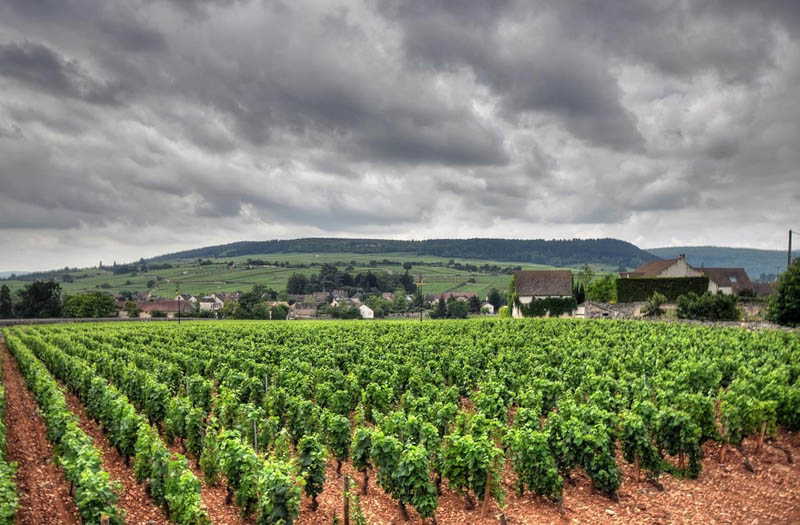
33. Kelowna Vineyards British Columbia, Canada

34. Napa Valley Vineyards California, United States
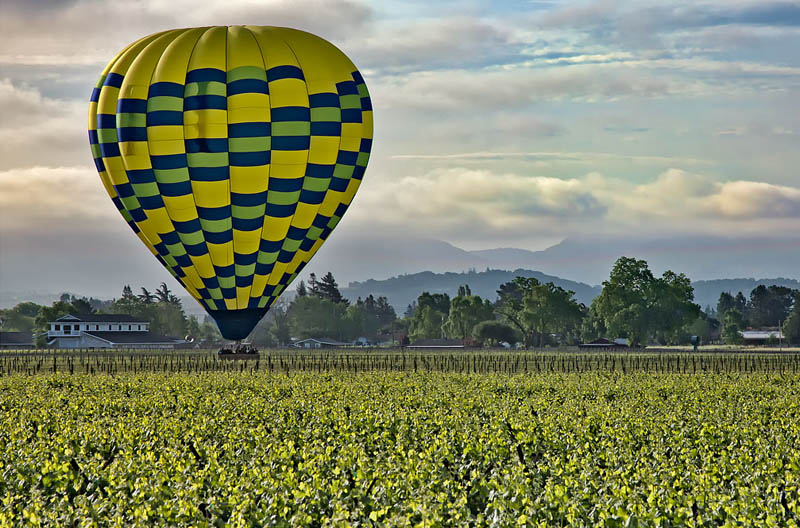
35. Stuttgart Vineyards Germany


3.Trigny Vineyards Champagne, France

4. Porrera Vineyards Priorat County, Catalonia, Spain

5. Lavaux Vineyards Switzerland

6. Kunde Estate Vineyards Sonoma County, California

7. Hermonville Vineyards France

8. Brunelloa di Montalcino Vineyards Tuscany, Italy

9. Balf Vineyards Hungary

10. Margaret River Vineyards Western Australia

What are Vineyards?
A vineyard is a plantation of grape-bearing vines, grown mainly for winemaking, but also raisins, table grapes and non-alcoholic grape juice. The science, practice and study of vineyard production is known as viticulture. A vineyard is often characterised by its terroir, a French term loosely translating as a sense of place that refers to the specific geographical and geological characteristics of grapevine plantations, which may be imparted in the wine.
11. Hunawihr Vineyards Alsace, France

12. Maurice Carrie Vineyards Temecula, California

13. Baden Wurttemberg Vineyards Germany

14. Tedo River Vineyards Douro Valley, Portugal

15. Lake Chelan Vineyards Washington, United States

History of Wine Making
The earliest evidence of wine production dates from between 6000 and 5000 BC. Wine making technology improved considerably with the ancient Greeks but it wasnt until the end of the Roman Empire that cultivation techniques as we know them were common throughout Europe.
In medieval Europe the Church was a staunch supporter of wine, which was necessary for the celebration of the Mass. During the lengthy instability of the Middle Ages, the monasteries maintained and developed viticultural practices, having the resources, security, stability and interest in improving the quality of their vines. They owned and tended the best vineyards in Europe and vinum theologium was considered superior to all others.
European vineyards were planted with a wide variety of the Vitis vinifera grape. However, in the late 19th century, the entire species was nearly destroyed by the plant louse phylloxera, accidentally introduced to Europe from North America. Native American grapevines include varieties such as Vitis labrusca, which is resistant to the bug. Vitis vinifera varieties were saved by being grafted onto the rootstock of native American varieties, although there is still no remedy for phylloxera, which remains a danger to any vineyard not planted with grafted rootstock.
16. Mission Vineyards California, United States

17. Hahndorf Vineyards Adelaide Hills, South Australia

18. Gold Hill Vineyards Ticino, Switzerland

19. Napa Valley Vineyards California, United States

20. Verzenay Vineyards Northeastern France

Modern Wine Making
The quest for vineyard efficiency has produced a wide range of systems and techniques. Due to the often much more fertile New World growing conditions, attention has focussed heavily on managing the vines more vigorous growth. Innovation in palissage (training of the vine, usually along a trellis, and often referred to as canopy management) and pruning and thinning methods (which aim to optimize the Leaf Area/Fruit (LA/F) ratio relative to a vineyards microclimate) have largely replaced more general, traditional concepts like yield per unit area in favor of maximizing yield of desired quality. Many of these new techniques have since been adopted in place of traditional practice in the more progressive of the so-called Old World vineyards.
Other recent practices include spraying water on vines to protect them from sub-zero temperatures (aspersion), new grafting techniques, soil slotting, and mechanical harvesting. Such techniques have made possible the development of wine industries in New World countries such as Canada. Today there is increasing interest in developing organic, ecologically sensitive and sustainable vineyards. Biodynamics has become increasingly popular in viticulture. The use of drip irrigation in recent years has expanded vineyards into areas which were previously unplantable. As a consequence of irrigation, yields are more consistent and vintage years virtually irrelevant.
21. Chelan Vineyards Washington, United States

22. Collio Vineyards Friuli Venezia-Giulia, Itlay

23. Napa Valley Vineyards California, United States

24. Penngrove Vineyards Sonoma County, California

25. Baden Wurttemberg Vineyards Germany

Terroir
Terroir comes from the word terre land. It was originally a French term in wine, coffee and tea used to denote the special characteristics that the geography, geology and climate of a certain place bestowed upon particular varieties. Agricultural sites in the same region share similar soil, weather conditions, and farming techniques, which all contribute to the unique qualities of the crop.
It can be very loosely translated as a sense of place, which is embodied in certain characteristic qualities, the sum of the effects that the local environment has had on the production of the product. Terroir is often italicized in English writing to show that it is a French loanword. The concept of terroir is at the base of the French wine Appellation dorigine contrle (AOC) system that has been the model for appellation and wine laws across the globe.
At its core is the assumption that the land from which the grapes are grown imparts a unique quality that is specific to that region. The amount of influence and the scope that falls under the description of terroir has been a controversial topic in the wine industry.
26. Drake Vineyards Gurneville, California

27. Palava Vineyards Czech Republic

28. Artesa Vineyards Sonoma Valley, California

29. Kir-Yianni Vineyards Naoussa, Greece

30. DeFosse Vineyards Charlottesville, Virginia

31. Train Trak Vineyards Yarra Valley, Australia

32. Meursault Vineyards Burgundy, France

33. Kelowna Vineyards British Columbia, Canada

34. Napa Valley Vineyards California, United States

35. Stuttgart Vineyards Germany


.jpeg)
.jpg)

.gif)

.jpg)

.jpg)

0 comments:
Post a Comment